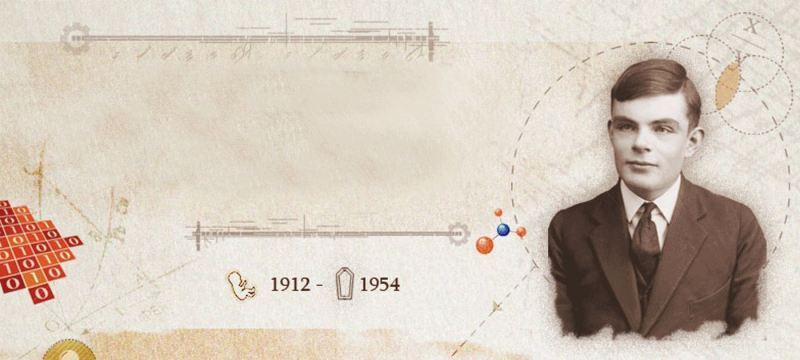People Still Debate About His Death

Alan Turing was discovered dead by his cleaner on June 8, 1954. Cyanide poisoning was the reason behind his demise. By his bed, a half-eaten apple was discovered. It is believed that Alan committed suicide using an apple, despite the fact that the fruit was never checked for cyanide. Turing did not exhibit any signs of melancholy prior to his passing, and many people, including Turing's mother, think that he accidentally ingested cyanide and that his death was not the result of suicide.
An investigation revealed that he had killed himself. Both biographers Andrew Hodges and David Leavitt hypothesized that Turing was acting out a scenario from his favorite fairy tale, Snow White and the Seven Dwarfs (1937) from Walt Disney. Leavitt claimed that he "took an especially acute delight in the scene where the Wicked Queen immerses her apple in the toxic concoction," which was mentioned by both men. On June 12, 1954, Turing's remains were cremated at Woking Crematorium. His ashes were then dispersed around the crematorium's gardens, much like his father's had been.
The coroner's historic conclusion has been contested in a number of ways by philosopher Jack Copeland. He proposed an alternative theory for Turing's demise: unintentional cyanide inhalation via a device used to electroplate gold onto spoons. The mother of Turing thought that the ingestion was unintentional and the result of her son's negligent handling of laboratory chemicals. According to biographer Andrew Hodges, Turing planned the delivery of the equipment to give his mother convincing denial for any suicide allegations.











